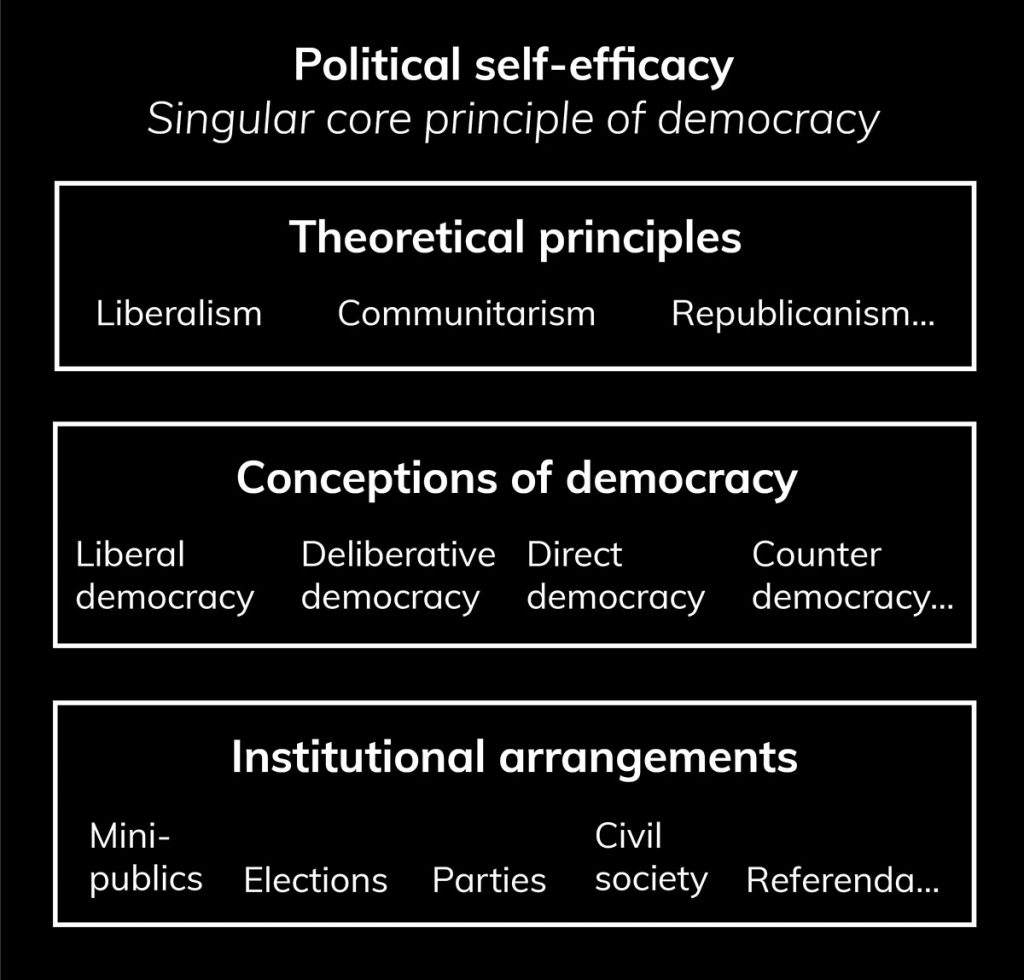Report by Adie Tomer and Caroline George: “Traditional built environment and economic development practices are falling short in the face of a convergent set of environmental, economic, and social challenges. With each passing year, more communities find themselves vulnerable to extreme weather events; income disparities continue to rise, leaving too many households unable to afford essential services; and employers, especially many young and minority-owned businesses, often struggle to find talented workers and access financial capital.
Public, private, and civic leaders increasingly recognize that achieving inclusive growth and designing resilient communities require more than recruiting out-of-town businesses or attempting to reduce highway congestion. Those leaders need a new kind of policy playbook—one that addresses the cross-sectoral challenges regions face and designs strategies across disciplines.
An Economic Value Atlas, or EVA, is part of that playbook. An EVA is a regional engagement, value-setting, and measurement process culminating in an interactive regional map that indexes neighborhood-level, value-based performance metrics. The overall framework helps practitioners delve into geographic disparities in how the region is living up to its values—opening the door to more equitable, place-based decisionmaking for business, infrastructure, and land use purposes…
The EVA framework consists of five phases of work, each of which can be adjusted based on unique local conditions:
- The EVA’s leadership team sets a stakeholder table with a diverse collection of regional voices to serve as the board of directors for the EVA process.
- The leadership team and stakeholder table develop a shared vision—a collection of specific long-term goals a region would like to achieve.
- A research-driven team translates values into indicators and metrics using sets of categorical indicators and quantitative metrics that reflect the goals stakeholders would like to achieve.
- A coding team develops and launches EVA software, which uses dynamic and flexible data to benchmark neighborhood performance relative to regional goals.
- The leadership team works with government and civic leaders to inform and guide policy and investment decisions using EVA outputs.
Critically, the EVA framework is designed to deliver results…(More)”

